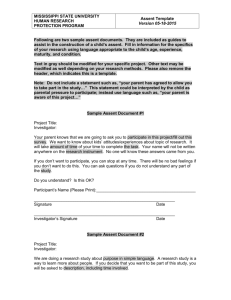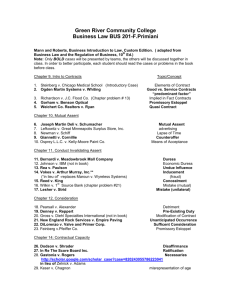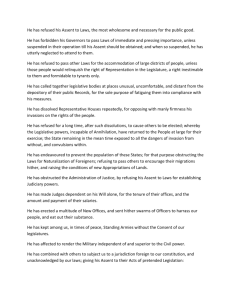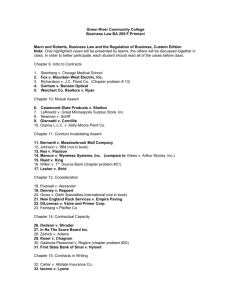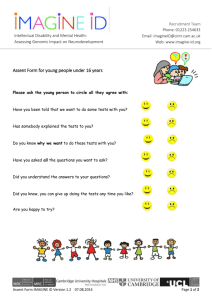Assent is requested by the researcher only if informed consent... or guardian.
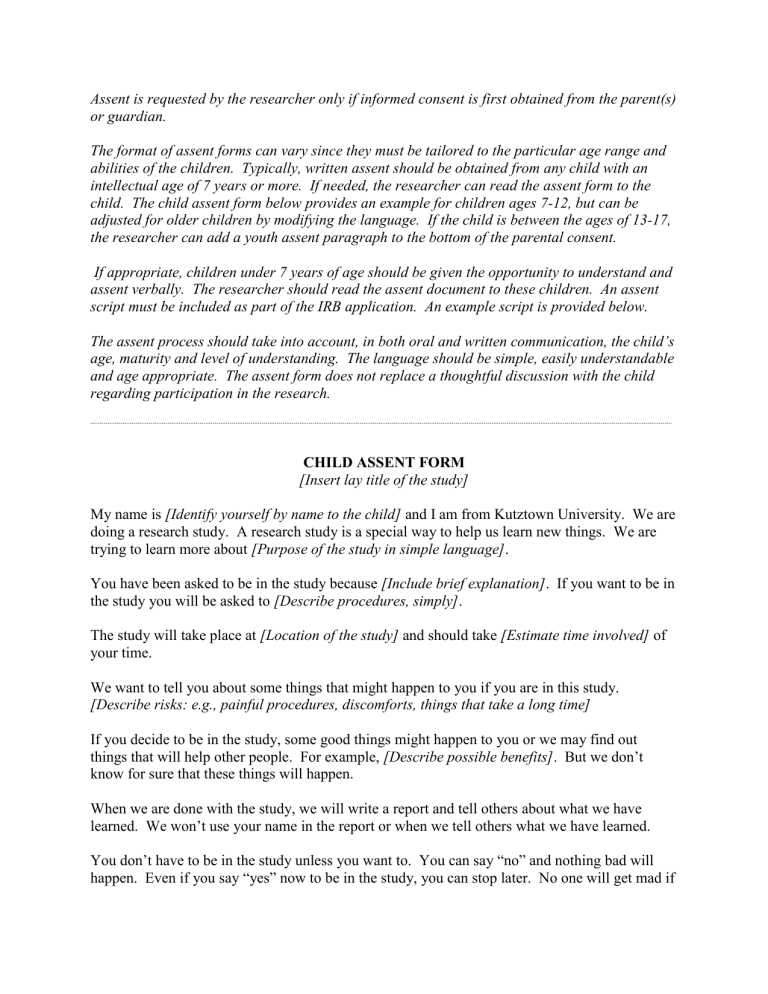
Assent is requested by the researcher only if informed consent is first obtained from the parent(s) or guardian.
The format of assent forms can vary since they must be tailored to the particular age range and abilities of the children. Typically, written assent should be obtained from any child with an intellectual age of 7 years or more. If needed, the researcher can read the assent form to the child. The child assent form below provides an example for children ages 7-12, but can be adjusted for older children by modifying the language. If the child is between the ages of 13-17, the researcher can add a youth assent paragraph to the bottom of the parental consent.
If appropriate, children under 7 years of age should be given the opportunity to understand and assent verbally. The researcher should read the assent document to these children. An assent script must be included as part of the IRB application. An example script is provided below.
The assent process should take into account, in both oral and written communication, the child’s age, maturity and level of understanding. The language should be simple, easily understandable and age appropriate. The assent form does not replace a thoughtful discussion with the child regarding participation in the research.
CHILD ASSENT FORM
[Insert lay title of the study]
My name is [Identify yourself by name to the child] and I am from Kutztown University. We are doing a research study. A research study is a special way to help us learn new things. We are trying to learn more about [Purpose of the study in simple language] .
You have been asked to be in the study because [Include brief explanation] . If you want to be in the study you will be asked to [Describe procedures, simply] .
The study will take place at [Location of the study] and should take [Estimate time involved] of your time.
We want to tell you about some things that might happen to you if you are in this study.
[Describe risks: e.g., painful procedures, discomforts, things that take a long time]
If you decide to be in the study, some good things might happen to you or we may find out things that will help other people. For example, [Describe possible benefits] . But we don’t know for sure that these things will happen.
When we are done with the study, we will write a report and tell others about what we have learned. We won’t use your name in the report or when we tell others what we have learned.
You don’t have to be in the study unless you want to. You can say “no” and nothing bad will happen. Even if you say “yes” now to be in the study, you can stop later. No one will get mad if
you decide to stop. All you have to do is tell us you want to stop. If you don’t like a question during the study, you don’t have to answer it.
You can ask questions that you have now about this study. If you have questions later, you can ask [List the person] .
Writing your name on this page means that the page was read (by you or to you) and that you agree to be in the study.
I understand the study and know what will happen to me. I know that I can quit the study at any time. I agree to be in the study.
_____________________________________________________________________________
Child’s Signature for Assent Date
Check which applies (to be completed by person conducting assent discussion):
The child is capable of reading and understanding the assent form and has signed above as documentation of assent to take part in this study.
The child is not capable of reading the assent form, however, the information was explained verbally to the child who signed above to acknowledge the verbal explanation and his/her assent to take part in this study.
______________________________________________________________________________
Name of Person Obtaining Assent (Print)
______________________________________________________________________________
Signature of Person Obtaining Assent Date
Example Child Assent Script for Children Under Age 7
My name is [Identify yourself by name to the child] and I am from Kutztown University. We are doing a project to help us learn more about [Purpose of the study in simple language] .
If you want to do the project with us, you will be asked to [Describe procedures, simply] .
The project will be at [Location of the study] and should take [Estimate time involved] of your time.
When we are done with the project, we will tell others about what we have learned. We won’t use your name when we tell other people what we have learned.
It is okay if you do not want to do these activities. You can say “no” and nothing bad will happen. Even if you say “yes” now, you can stop later at any time. No one will get mad if you decide to stop. All you have to do is tell us you want to stop. If you don’t like a question we ask, you don’t have to answer the question.
Do you have any questions? If you have questions later, you can ask [List the person] .
Would you like to do these activities and do the project with us?
To be completed by person conducting assent discussion:
The assent information was explained verbally to the child. The child is capable of understanding the information and has verbally provided assent to take part in this study.
______________________________________________________________________________
Name of Child (Person obtaining assent records the child’s name.)
Name of Person Obtaining Assent (Print)
____________________________________
______________________________________________________________________________
Signature of Person Obtaining Assent Date
